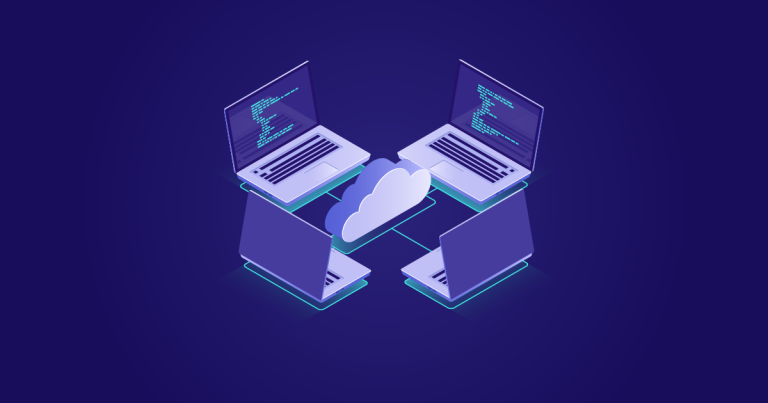
Introduction to Edge Computing and Fog Computing
The rapid proliferation of IoT devices and the burgeoning demand for real-time data processing has heralded a shift in where data processing occurs. While cloud computing still plays a significant role in our digital infrastructure, edge and fog computing have emerged as necessary counterparts to address specific challenges. This article introduces these exciting paradigms and elucidates their transformative impact on modern computing.
The Limitations of Centralized Cloud Computing
Traditionally, cloud computing involves sending data from devices to centralized data centers for processing. While effective, this model has limitations:
- Latency: Transmitting data to a distant server and back can introduce delays.
- Bandwidth: Transmitting large volumes of data can clog networks.
- Security & Privacy: Centralized storage can become a single point of failure and a target for attacks.
Enter edge and fog computing, which aim to address these issues by decentralizing data processing.
Edge Computing: Processing at the Source
What is Edge Computing?
Edge computing involves processing data closer to the data source, be it an IoT device, sensor, or user. By handling data on the device itself or on a local server, edge computing reduces the need to send data back and forth to centralized data centers.
Benefits:
- Reduced Latency: Real-time data processing becomes feasible.
- Bandwidth Efficiency: Reduces the volume of data sent across networks.
- Enhanced Security: Data can be anonymized or processed locally, limiting exposure.
Use Cases:
- Autonomous Vehicles: Cars that rely on real-time decision-making process sensor data on-the-go.
- Smart Cities: Traffic lights and surveillance systems that need instant data processing.
Fog Computing: The Middle Layer
What is Fog Computing?
While edge computing processes data at the source, fog computing operates closer to the source, processing data on local devices or edge nodes, but not necessarily on the original device itself. Think of it as an intermediate layer between edge devices and the centralized cloud.
Benefits:
- Versatility: It offers a balance between processing data locally and in centralized data centers.
- Scalability: Fog nodes can handle data from multiple edge devices.
- Complex Processing: More intensive processing that might be too much for individual edge devices but doesn’t need a trip to the cloud.
Use Cases:
- Smart Grids: Local substations can process data from various smart meters before sending aggregated data to the cloud.
- Retail: Stores can process customer data locally in real-time for personalized marketing.
Challenges and Considerations
Both edge and fog computing come with challenges:
- Device Capabilities: Edge devices, being compact, might lack the necessary processing power.
- Standardization: With a vast array of devices and platforms, ensuring standardization can be tricky.
- Management Complexity: Decentralized systems require advanced management solutions to handle device updates, security patches, etc.
The Road Ahead
The exponential growth in devices at the edge of the network, coupled with demand for low-latency, real-time processing, ensures that edge and fog computing are here to stay. While they don’t replace cloud computing, they complement it, offering a more versatile and efficient approach to data processing in an ever-connected world.
Edge and fog computing represent the evolution of how we approach data processing in our increasingly interconnected world. By pushing computation closer to the data source, these paradigms ensure faster responses, efficient use of bandwidth, and enhanced privacy. As we usher in a world teeming with IoT devices and smart systems, edge and fog computing will undeniably play a pivotal role in shaping our digital future.